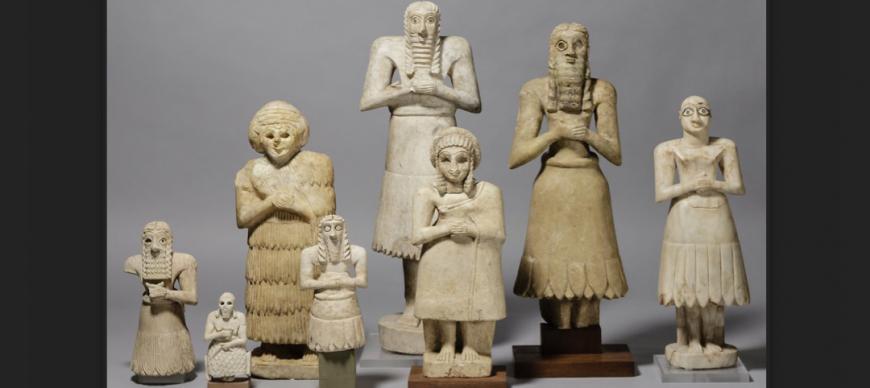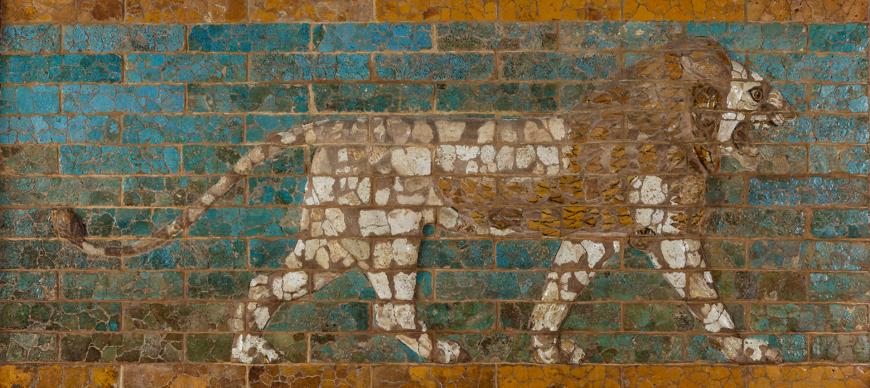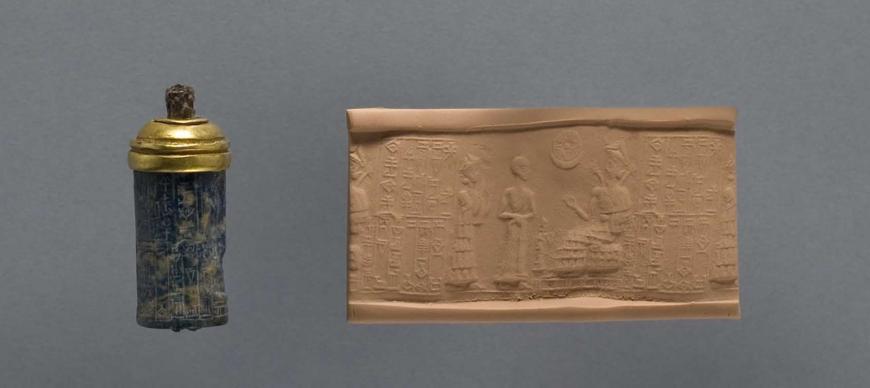The Edgar and Deborah Jannotta Mesopotamian Gallery presents one of the largest and most comprehensive displays of material culture from Mesopotamia, with artifacts dating from the Prehistoric through the Islamic periods. Explore the houses, temples, and palaces of the first cities and examine the earliest writing system in world history. Cylinder seals and objects of trade demonstrate the development of art and administrative practices. Highlights of the gallery include Sumerian votive statues, glazed-brick striding lions from the Processional Way at Babylon, and cuneiform tablets that record the epic of Gilgamesh.
The majority of artifacts on display in this gallery were excavated during three major expeditions: the University of Chicago Expedition to Bismaya (1903–05); ISAC's Iraq Expedition (1930–37); and ISAC's Nippur Expedition (1948–present).




